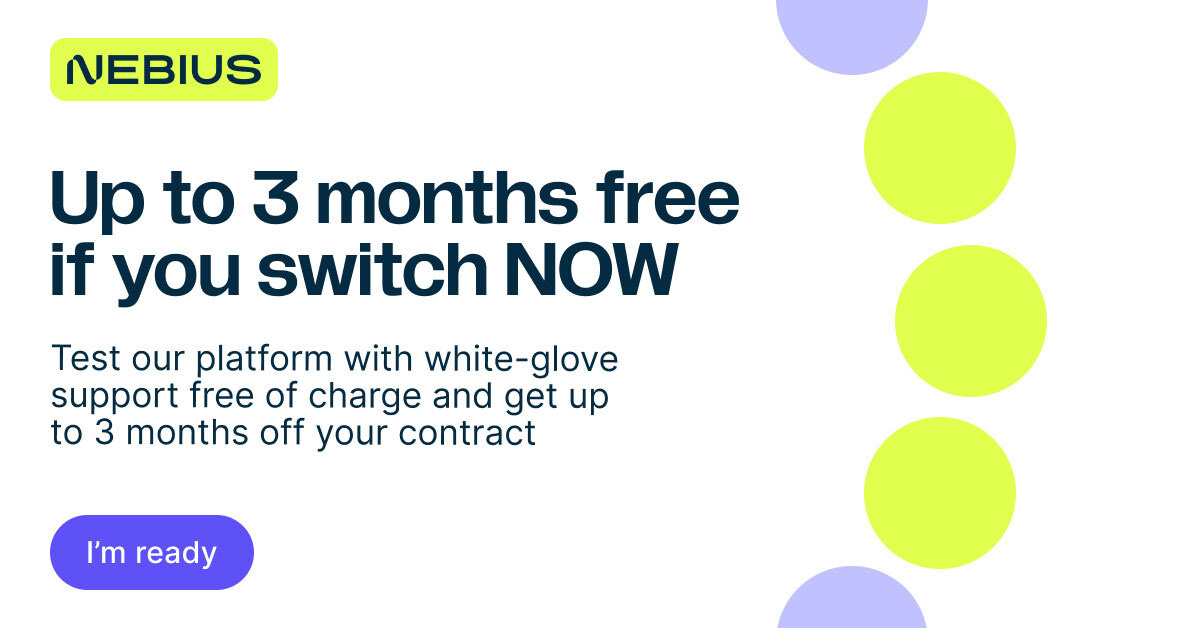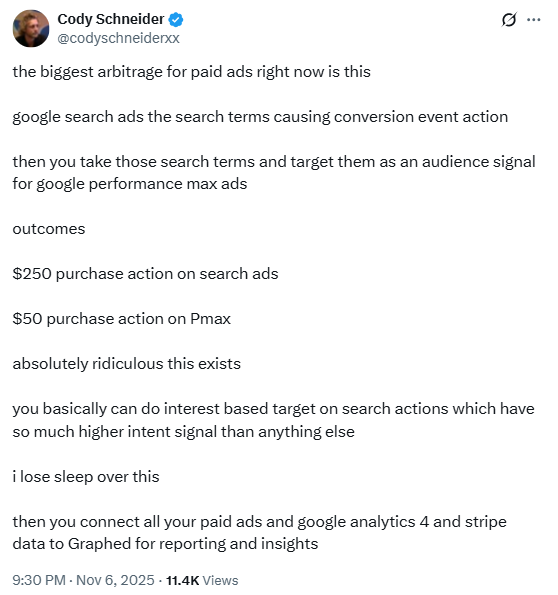The Data Lag Trap
⚡How slow SEO reporting is killing fast experiments, AI ad systems hit peak precision, and more!
Howdy Readers 🥰
In this newsletter, you’ll find:
⚡ The Data Lag Trap
🎯 AI Ad Systems Get Sharper Across Meta, Google, and YouTube
🚀Tweet of the Day
If you’re new to Buyology then a hearty welcome to you, You’ve reached the right place alongside 50k+ amazing people, Before you forget, if someone forwarded this newsletter to you, don't forget to subscribe to our newsletter so you never miss out!
⚡ The Data Lag Trap
You don’t lose growth because your strategy is wrong. You lose it because your feedback loop is.
Marketers love to talk about velocity, but the truth is, most teams are trapped in the wrong time zone. You run a campaign, push an experiment, and wait for the dashboards to catch up. By the time your analytics refresh, the audience has moved on, the search patterns have mutated, and your insight is already a postmortem.
This is the data lag trap, the silent killer of fast growth.
The Real Enemy Isn’t Bad Data. It’s Late Data.
SEO reporting was built for static worlds, not LLM-fed, micro-trending ones. Your “rankings” mean nothing if the queries they’re tied to don’t exist anymore. The new search environment rewrites intent hourly, AI chats, voice prompts, and rephrased queries are spinning the demand graph faster than your team can pull a CSV.
Every delay compounds. You’re not analyzing; you’re reacting. And in that gap, your experiments die of latency.
Precision Has Become a Liability
Marketers crave precision because it feels safe. But the pursuit of perfect accuracy has become a drag anchor. The winner now isn’t the one with the cleanest data, it’s the one with the fastest interpretation. In a system shifting this fast, 80% clarity today beats 100% clarity next week.
Your dashboards don’t tell you what’s happening. They tell you what used to happen.
The System-Level Fix
What marketers actually need is infrastructure that runs at the same velocity as intent.
Not another “SEO tool.” Not another dashboard. A visibility system that listens to both human and machine search in real time, across Google, ChatGPT, Perplexity, Gemini, and whatever launches next week.
That’s the exact hole Semrush One plugs. It collapses the data lag between human search and AI query shifts, turning what used to be a 10-day refresh cycle into an always-on visibility pulse.
You can try it for free for 7 days, it’s not a reporting layer. It’s a reaction layer.
The New Growth Equation
Speed is now the only defensible advantage.
The team that detects change first wins the experiment, sets the benchmark, and controls the next iteration. Everyone else is just reading the recap.
The question is no longer “Are we ranking?”
It’s “Are we still relevant right now?”
Together with Nebius
Your Next Campaign > Your Next Cloud Invoice
Your ad budget shouldn’t be paying for someone else’s GPU delays. Yet every week on AWS or Azure, surprise invoices pile up while models idle in queues, burning the runway you need for growth.
With Nebius, you’ll see this right away:
Free migration & 3 months free, savings start immediately
30–50 % lower GPU spend with consistent $2/hr pricing
Training large models up to 50 % quicker with instant scaling
Teams like Recraft and Captions already run production workloads on Nebius, citing stable clusters, quick support, and zero launch delays, proof that the platform can handle serious scale without hidden fees.
Switch to Nebius and lock in your free months before your next cloud bill hits!
🎯 AI Ad Systems Get Sharper Across Meta, Google, and YouTube
AI-led advertising is entering a precision phase. Meta is refining app optimization, Google is improving product promotions, and YouTube is clarifying performance data. Together, these updates mark a shift toward transparency, accuracy, and smarter measurement across platforms.
The Breakdown:
1. Meta Refines Value-Based App Optimization - Meta’s latest AI update improves “Value Optimization,” allowing advertisers to target users more likely to spend within apps. Campaigns using this setting report a 29% higher ROAS than volume-based ones, reflecting a shift from maximizing downloads to prioritizing long-term value.
2. Meta Adjusts Attribution and User Tracking Rules - Through updates with AppsFlyer, Adjust, and Singular, Meta introduced attribution windows up to 180 days for app campaigns, reducing redundant targeting and improving user categorization, leading to 20% fewer mismatched acquisitions across re-engagement efforts.
3. Google Enables Promotions for Top-Performing Products - Google Merchant Center now lets sellers apply promotions only to top-performing SKUs, instead of discounting all products, allowing precise targeting of proven items and a review interface where advertisers can edit or remove listings directly for better campaign control.
4. YouTube Separates Organic and Paid Performance Data - YouTube Analytics now distinguishes organic and paid traffic across views, engagement, and watch time. Channels can filter results by source to evaluate each independently, with YouTube noting that promoted content may expand reach but lower overall engagement averages.
Across Meta, Google, and YouTube, the focus is moving from automation to data-defined clarity. Each update strengthens control over performance signals, helping marketers evaluate impact without overlapping metrics or wasted effort.
🗝️ Tweet of the Day
Advertise with Us
Wanna put out your message in front of over 50,000 best marketers and decision makers?
Checkout our Partner Kit here🤝
At Buyology, we care about our readers and want to provide the best possible experience. That's why we always look for ways to improve our content and connect with our audience. It would be amazing if you could hit us up with feedback about our content or absolutely anything, we are always up for a chat 🥰
Thanks for your support, We'll be back with more such content 🥳



